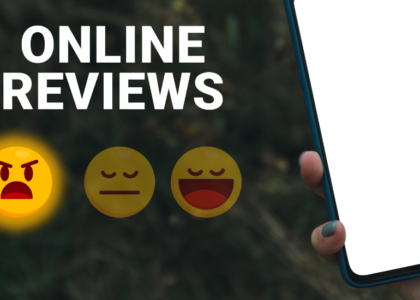Content marketing is a strategic marketing approach focused on creating and distributing valuable, relevant, and consistent content to attract and retain a clearly defined audience — and, ultimately, to drive profitable customer action.
Content marketing is an effective way to:
- Increase brand awareness
- Generate leads
- Nurture customer relationships
- Drive sales
To be successful in content marketing, it is important to follow a few key rules. Here are the 10 rules of content marketing:
1. Know your audience
The first principle of content marketing is to know your audience. Who are you trying to reach with your content? What are their interests? What are their pain points? Once you understand your audience, you can create content that is relevant and valuable to them.
Before you can start providing valuable content to your audience, you need to know who your audience is. The more you understand your audience, the more powerful your content becomes.
You probably have a good idea of who your target audience is already.
If not, create an Ideal Customer Profile that defines who would derive the most value from the content and the product or service you offer. Creating an ICP will help you understand which segments will most likely view your content and buy what you’re selling.
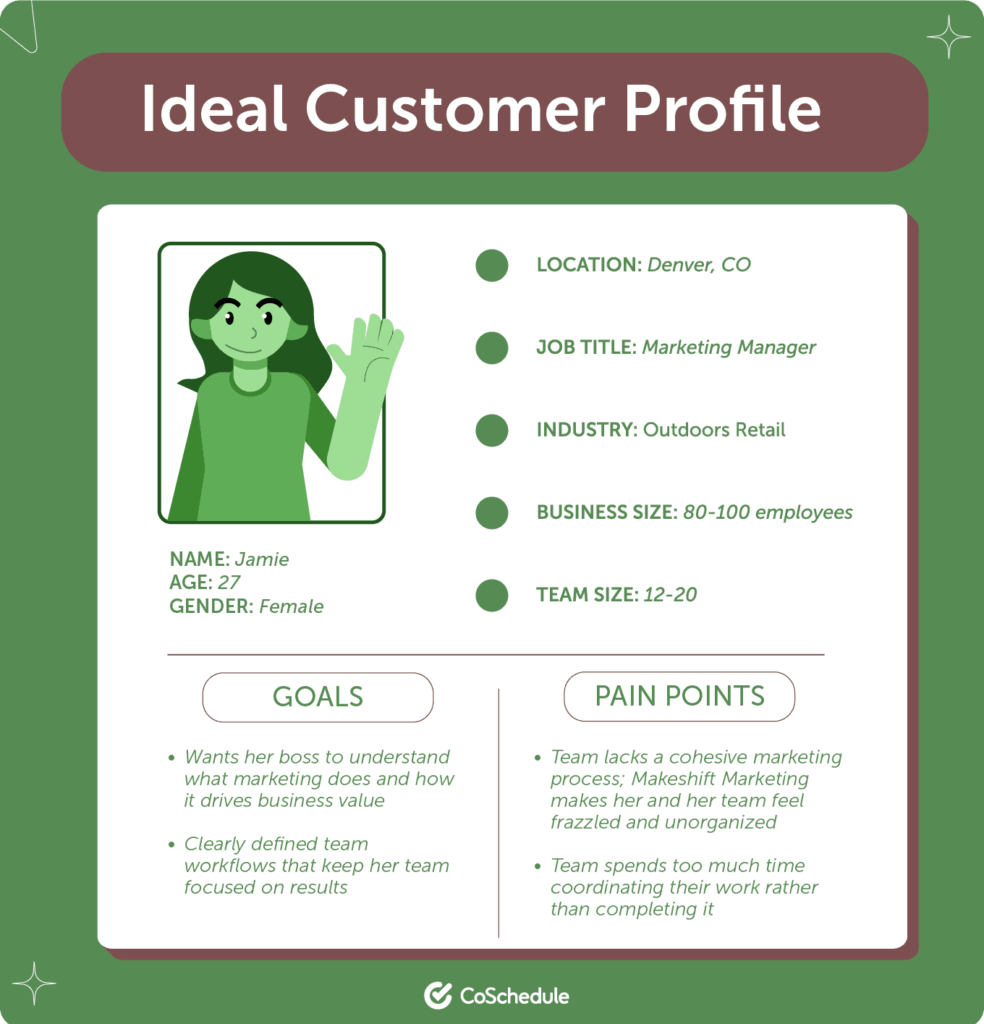
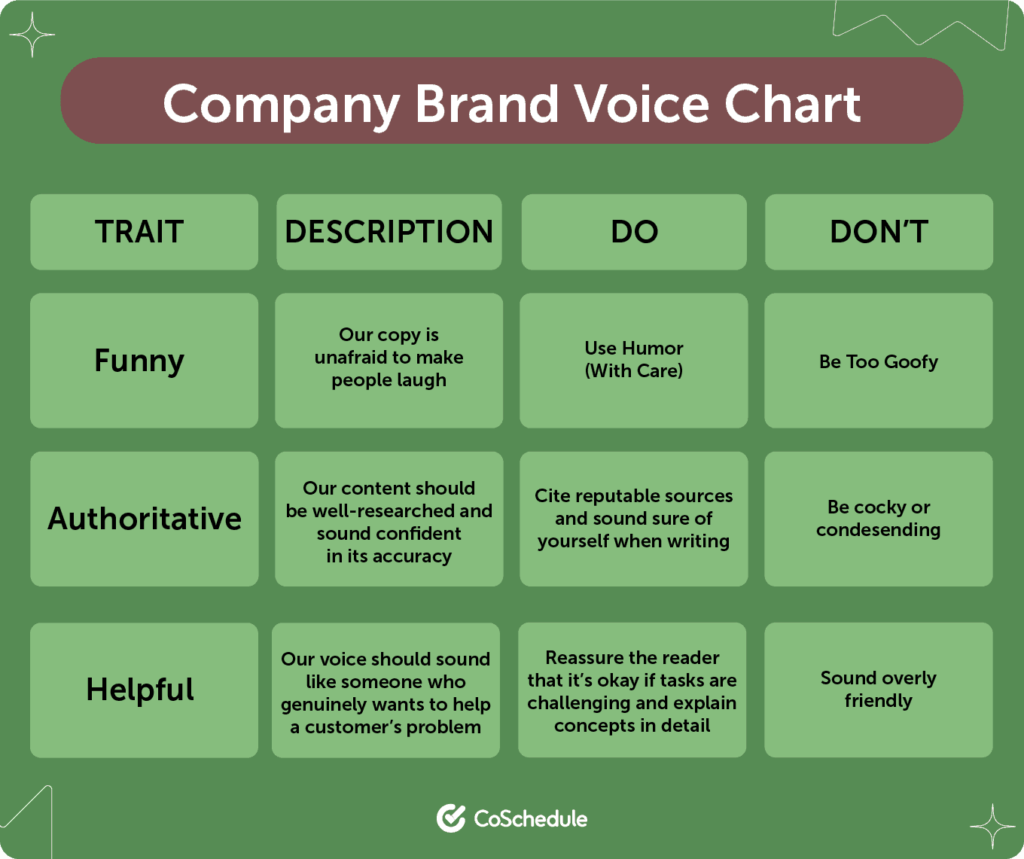
2. Know Your Business
What is your brand voice? What do people think of when they interact with your brand?
The content you put out is a direct reflection of your brand. That is why companies spend so much time and effort ensuring their content strategy aligns with their brand identity.
Implementing brand guidelines from the start will help your team keep a consistent voice. A consistent voice will build trust with your audience.
Here’s an example of what your brand voice could look like:
3. Create high-quality content
Your content should be informative, engaging, and well-written. It should also be relevant to your target audience. If you create high-quality content, people will be more likely to read it, share it, and link to it.
People will only interact with your content if you provide something valuable to them. Without a value proposition, your content library will have tumbleweeds blowing through it.
One of the most important aspects of content marketing is finding out what your target audience wants to engage with. The more you know about their interests, the more you can provide them with the content they want.
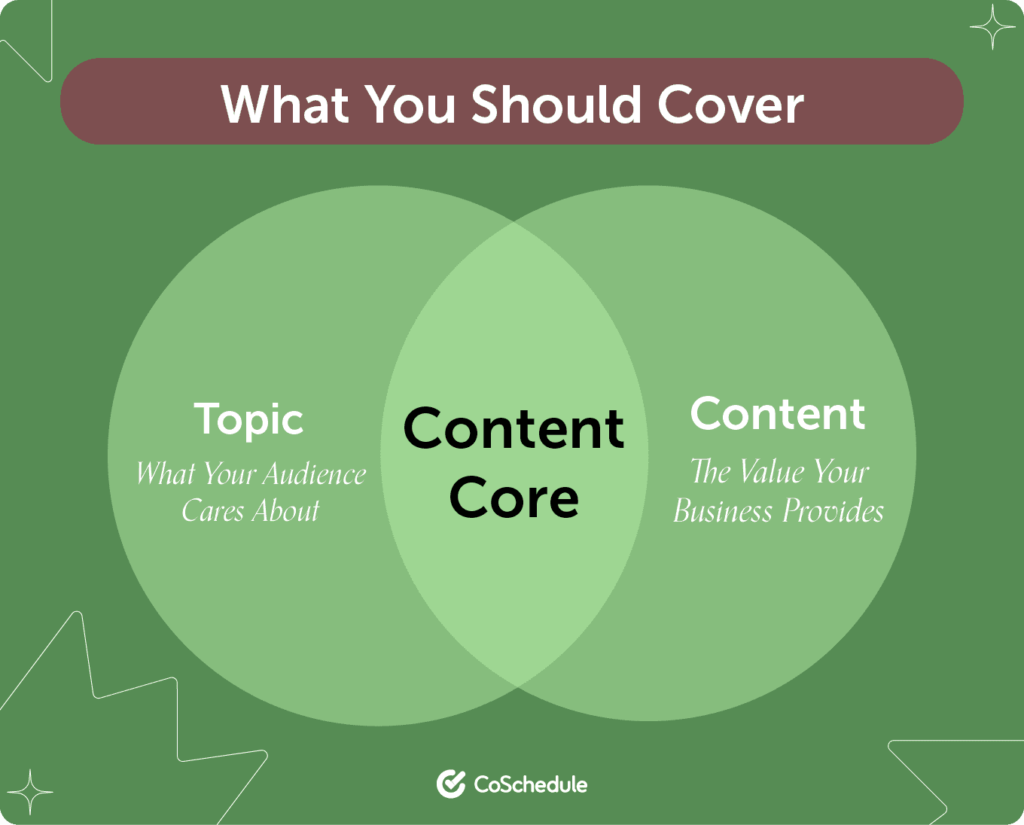
So, what would your audience be interested in and find valuable? Would they engage with…
- Tutorials and how-tos?
- Guides and lessons?
- Product updates?
- Free resources?
- Or all of the above?
Of course, it can be challenging to identify what people want to read or watch because, at times, they don’t even know.
But here are some strategies that will help you find what kind of content your audience cares about.
4. Solve A Need
Once you have provided value and solved a problem for your audience, they may realize that they need something more. This is when you convert them from an observer to a customer.
Your content will offer a solution to their problems, and then once they’re ready, you show them how your product/service can solve them even better.
Your audience notices what you do throughout their time engaging with your content. This will hopefully lead them to come back to you for further assistance (buying your product or service).
5. Write Original Content
There are trillions of content pieces floating throughout the web, but most of it is just noise. So how do you cut through the noise and provide something unique people NEED?
Your content needs to be helpful, engaging, and original.
Creating original content is crucial to your content strategy. It’s a crucial step if you want to provide your audience with high-quality content. There is nothing wrong with observing other content to get inspiration on what to write about. When you decide to copy others’ writing, things can get hairy.
There are a lot of people that don’t produce their own content. Whether they take it from another website or they deploy an AI bot to write it for them. One thing will always stay true: your audience values genuinely unique content.
Differentiate yourself from the competition
Original content sets you apart from the competition and is essential to your positioning strategy. Companies that create unique content display that they know what they’re talking about. A customer would choose a company that provides valuable content over a company that doesn’t any day.
6. Share Stories Based On Experience, Expertise, Authoritativeness, & Trustworthiness
According to coSchedule,
Google constantly updates their Core Web Vitals to offer the best user experience. They use the concept of EEAT to evaluate if their search rankings are providing helpful, relevant information.
7. Optimize For Discovery
Search engine optimization (SEO) is the process of optimizing your website content so that it ranks higher in search engine results pages (SERPs). This means using relevant keywords throughout your content, building backlinks to your website, and creating a strong social media presence.
Knowing how to get discovered is crucial in today’s marketing landscape. However, the world of SEO is constantly evolving and requires much understanding.
What worked a few months ago could be long gone, but some fundamentals remain relatively unchanged. SEO used to be all about tricks and tactics, but now it’s about content.
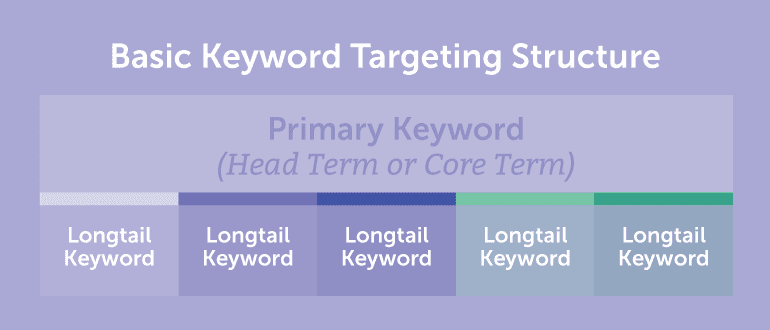
8. Optimize For Conversion
At the end of the day, marketing exists to generate profitable customer action. Understanding conversion rate optimization (CRO) will help you drive sales through your content strategy.
To convert your visitors, you will want your content to align with what you do.
The LIFT Model allows you to assess what kind of experience your audience has when they visit your site. Doing this helps you understand what your prospects need and how you can solve them. Let’s take a look.
Unique Value Proposition: Why people buy from you. This benefit or solution differentiates your product or service and positions it as the best possible option.
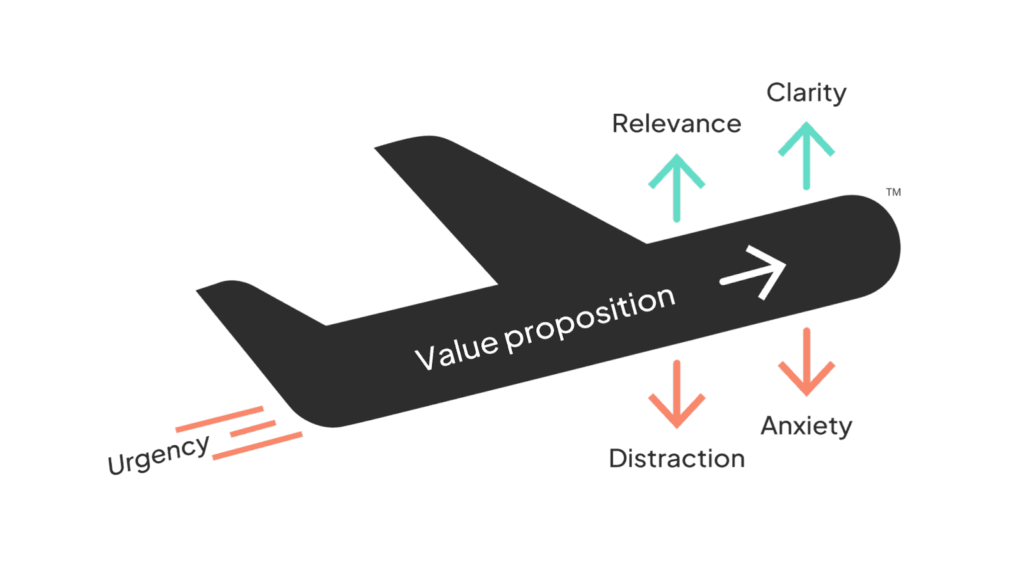
Relevance: Did the visitor get what they came for or leave disappointed?
Clarity: The reader understands the action you want them to take and why. Include a call to action to make it clear.
Urgency: When should they take action and why?
Anxiety: Do they trust you enough to take action? If they don’t trust you, they will ultimately look somewhere else.
Distraction: Make sure nothing on the page could divert their attention from the desired action.
9. Evolve Constantly
The marketing world is constantly evolving, and marketers need their content to evolve with it.
Marketers are constantly faced with changes in new technology, demographic trends, customer needs, social media trends, search ranking guidelines, and so much more.
Part of being agile means constantly evolving your content strategy. Picking a strategy and not adjusting it for years is a great way to dig yourself into a hole. Your content marketing strategy needs to be prepared to evolve as times change. Reviewing it regularly will help you do this.
Additionally, your organization should review your content as time goes on to ensure its accuracy. Outdated content will confuse your customers and cause them to lose trust. For example, having a support document with old screenshots of your product will give the visitor the wrong impression. To combat this, it’s crucial to conduct content audits over time.
A content audit dissects a company’s content and its overall performance. It looks at all of their individual metrics, channels, and content to mainly determine two factors: what’s working and what isn’t?



